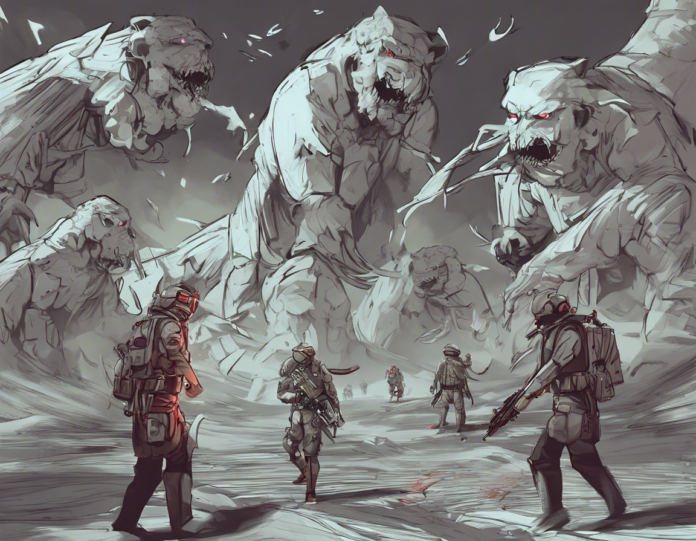The Chauri Chaura incident is a poignant chapter in India’s struggle for independence that sparked intense debate and controversy across the nation during the early 20th century. The event took place on February 4, 1922, in the small town of Chauri Chaura, in the United Provinces of British India (present-day Uttar Pradesh). What began as a peaceful protest against British colonial policies quickly escalated into violence, resulting in the deaths of 22 Indian police officers. The repercussions of this incident had a profound impact on the Indian independence movement, leading to significant shifts in strategy and ideology.
Background
The early 20th century was a period of heightened political awareness and anti-colonial sentiment in India. The Indian National Congress, founded in 1885, had been advocating for greater autonomy and self-rule for the Indian people. Mahatma Gandhi, who had returned to India from South Africa in 1915, emerged as a prominent leader in the fight against British rule, advocating for nonviolent resistance and civil disobedience as a means to achieve independence.
The Non-Cooperation Movement
In 1920, Mahatma Gandhi launched the Non-Cooperation Movement, calling on Indians to boycott British institutions, courts, schools, and goods. The movement gained widespread support across the country, with millions of Indians participating in nonviolent protests and demonstrations.
The Chauri Chaura Incident
On February 4, 1922, a group of protesters participating in the Non-Cooperation Movement in Chauri Chaura were confronted by the local police. In the ensuing confrontation, the protesters set fire to the police station, leading to the deaths of 22 police officers. The violence of the incident shocked Gandhi and other leaders of the independence movement, who believed in the principles of nonviolence and peaceful resistance.
Gandhi’s Reaction
In the aftermath of the Chauri Chaura incident, Mahatma Gandhi made the difficult decision to call off the Non-Cooperation Movement, citing the need for a period of introspection and reevaluation. Gandhi, deeply troubled by the turn of events, felt that the use of violence went against the principles of ahimsa (nonviolence) and satyagraha (civil disobedience) that he espoused.
Repercussions
The Chauri Chaura incident had far-reaching repercussions for the Indian independence movement. It led to a shift in strategy among nationalist leaders, who began to reevaluate their tactics and approach to achieving independence. The incident highlighted the challenges of maintaining nonviolent discipline among a diverse and sometimes volatile population.
Impact on the Independence Movement
Despite the temporary setback caused by the Chauri Chaura incident, the struggle for independence in India continued to gain momentum in the years that followed. The incident served as a critical moment of reflection for the leaders of the independence movement, who reaffirmed their commitment to nonviolence as a guiding principle in the fight against British colonial rule.
Legacy
The Chauri Chaura incident remains a significant and somber chapter in India’s quest for independence. It serves as a reminder of the complexities and challenges inherent in any mass movement, as well as the importance of adhering to principles of nonviolence and peaceful resistance in the face of oppression.
Conclusion
The Chauri Chaura incident stands as a pivotal moment in Indian history, highlighting the moral dilemmas and strategic considerations faced by leaders of the independence movement. While the incident represented a setback in the short term, it ultimately reaffirmed the commitment of Indians to the principles of nonviolence and civil disobedience in their struggle for freedom.
Frequently Asked Questions (FAQs)
1. What were the main causes of the Chauri Chaura incident?
The Chauri Chaura incident was sparked by a confrontation between protesters participating in the Non-Cooperation Movement and local police officers. The escalation of violence resulted in the burning of the police station and the deaths of 22 police officers.
2. How did Mahatma Gandhi react to the Chauri Chaura incident?
Mahatma Gandhi was deeply troubled by the violence of the Chauri Chaura incident and made the decision to call off the Non-Cooperation Movement as a result. Gandhi believed that the incident went against the principles of nonviolence and peaceful resistance that he advocated.
3. What impact did the Chauri Chaura incident have on the Indian independence movement?
The Chauri Chaura incident led to a reevaluation of strategies and tactics among nationalist leaders. It highlighted the challenges of maintaining nonviolent discipline in mass movements and underscored the importance of adhering to principles of nonviolence in the fight against colonial rule.
4. How did the Chauri Chaura incident influence the legacy of the Indian independence movement?
The Chauri Chaura incident remains a significant chapter in India’s struggle for independence, serving as a reminder of the complexities and moral dilemmas faced by leaders of the independence movement. It underscored the enduring commitment of Indians to the principles of nonviolence and civil disobedience.
5. What lessons can be learned from the Chauri Chaura incident?
The Chauri Chaura incident underscores the importance of maintaining nonviolent discipline in mass movements and the need for careful strategic planning and execution. It serves as a cautionary tale about the consequences of resorting to violence in the pursuit of political goals.

